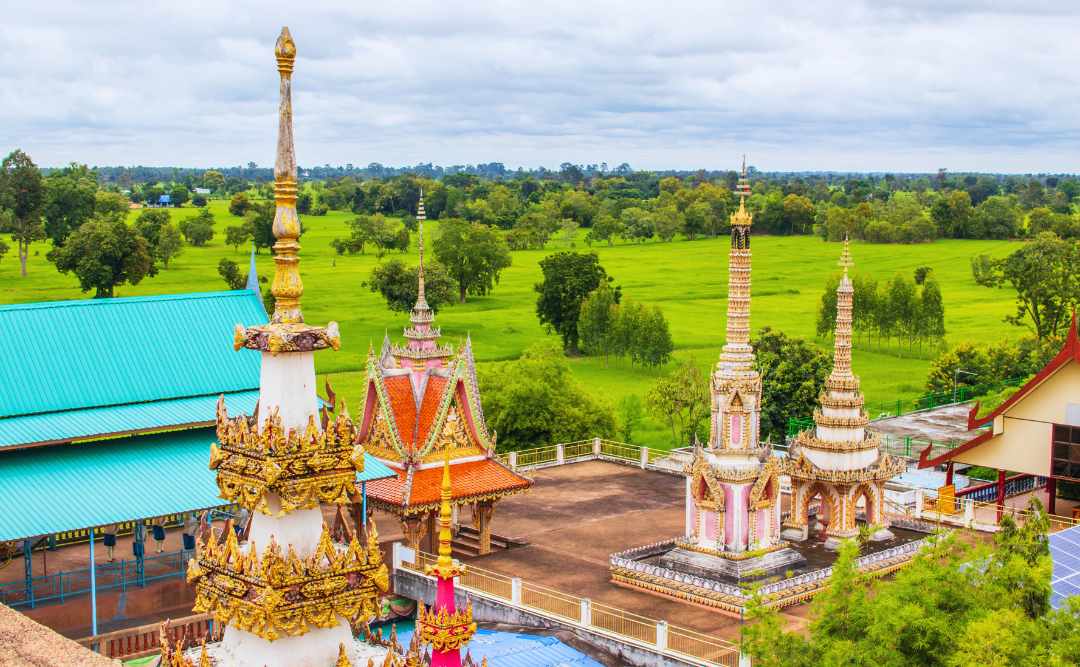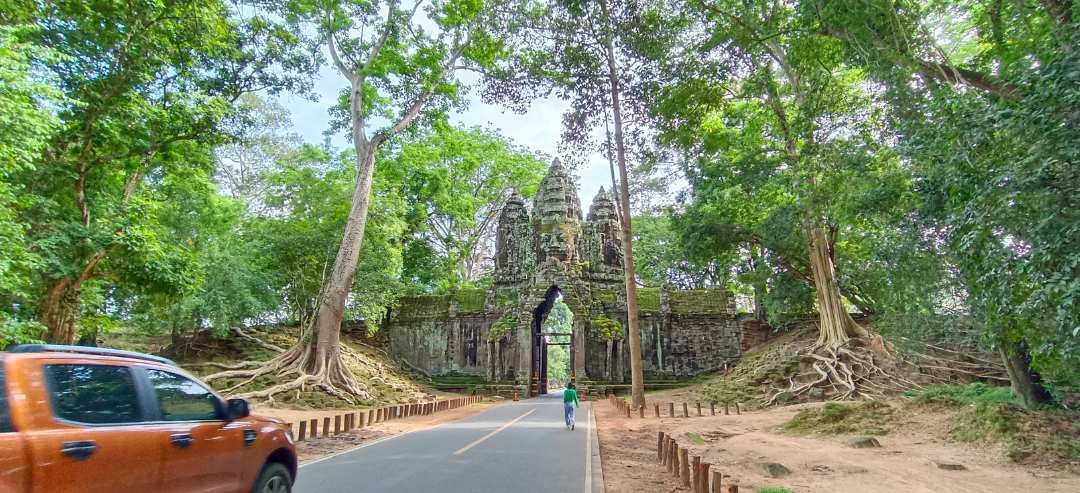Cambodian Currency vs US Dollars in Angkor and Siem Reap
What Tourists Need to Know in 2025
Cambodian Currency vs US Dollars in Angkor and Siem Reap operates on a dual system where USD dominates large purchases (hotels, tours, Angkor passes) while Cambodian Riel handles small transactions (street food, tuk-tuks, markets). The government is gradually phasing out small USD bills ($1-$5) to promote Riel usage, with the Khmer riel exchange rate stable at 4,000-4,100 KHR per USD. Smart travelers carry both currencies—small USD bills for tours and entrance fees, Riel for daily purchases—to avoid overpaying and ensure smooth transactions throughout their Cambodian Currency vs US Dollars in Angkor and Siem Reap experience.
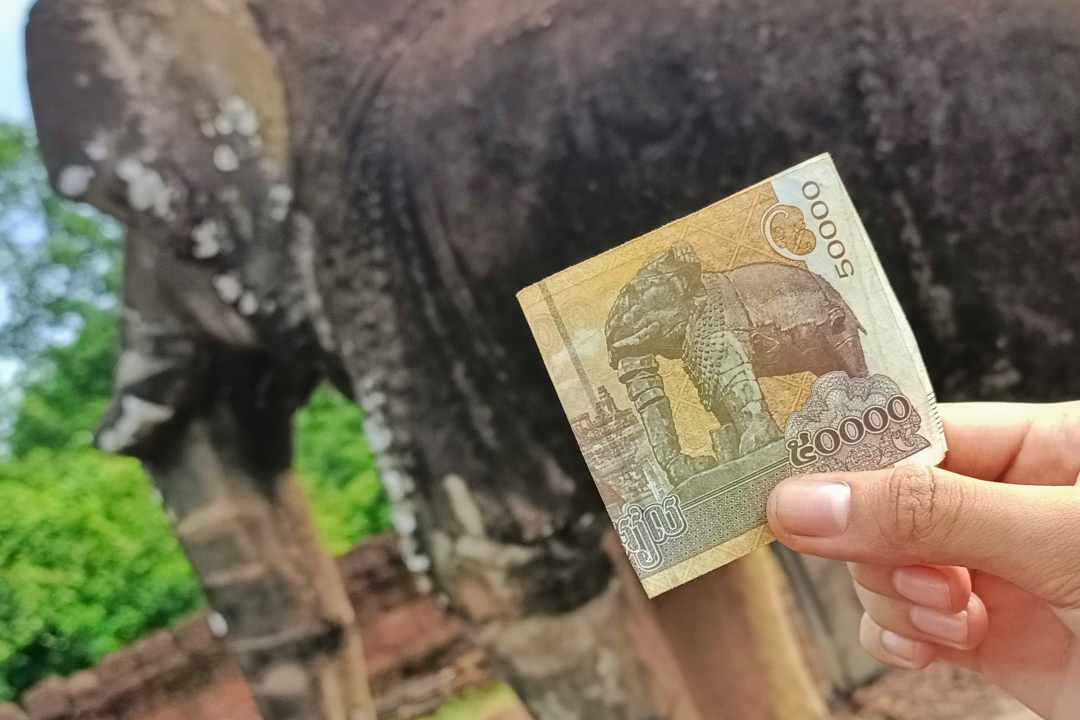
Before you hit the temples, find out why paying in the wrong currency could cost you way more than you think—this one tip saves you from overpaying in Angkor!
What Currency Should You Actually Use in Cambodia?
Cambodian currency and US dollars usage in Angkor and Siem Reap creates a unique dual-money system that catches most tourists off guard. The truth? You need both. Cambodia’s official currency is the Cambodian Riel (KHR), but the US Dollar has become so embedded in the tourism economy that many businesses price everything in USD first.
But here’s where it gets interesting—and where you can save serious money.
Cambodian Currency vs US Dollars in Angkor and Siem Reap isn’t just about convenience. It’s about understanding which currency gets you better treatment, smoother transactions, and often better prices. After years of guiding tourists through this system, I’ve learned that the “wrong” currency choice can cost you 10-20% more on everyday purchases.
Top 5 Currency Advantages in Cambodia
Understanding Cambodian Currency vs US Dollars in Angkor and Siem Reap gives you these key benefits:
- Avoids small change problems when paying large USD bills for minor purchases
- Gets better prices from local vendors who prefer Riel transactions
- Reduces ATM fees by withdrawing the right currency for your needs
- Simplifies tipping with appropriate denominations for different services
- Prevents transaction delays from damaged or old USD bill rejections
Currency Usage Guide
| Currency | Best For | Why It Works |
|---|---|---|
| USD | Tours, hotels, Angkor passes | International pricing standard |
| Riel | Street food, tuk-tuks, markets | No change-making issues |
| Both | Restaurants, shops | Maximum flexibility |
1. Understanding Cambodia’s Dual Currency System
The story behind dual currency Cambodia starts in the 1990s. After decades of conflict and hyperinflation, the US Dollar became an unofficial second currency. Today, around 70-80% of larger transactions in tourist areas happen in USD, while smaller daily purchases increasingly use Riel.
What makes this system work is the stable Khmer riel exchange rate—roughly 4,000 to 4,100 Riel per dollar. This rate barely fluctuates, making mental math easy for tourists.
But here’s what most guidebooks won’t tell you: the government is actively trying to rebalance this system. Since 2020, they’ve been phasing out small USD denominations to encourage more local currency usage in temples and daily transactions.
Recent Changes You Need to Know
Small change issues Cambodia faces are getting more pronounced. Banks stopped circulating $1, $2, and $5 bills in 2025. What does this mean for you?
- Street vendors often give change in Riel, even if you pay in USD
- ATMs mostly dispense $100 bills for USD withdrawals
- Many small businesses prefer Riel for purchases under $10
2. Where USD Still Rules: Best Currency to Use in Angkor Wat
For major tourist expenses, USD accepted in Cambodia remains the standard:
Angkor Archaeological Park entrance fees are quoted in USD ($37 for a day pass through official ticketing). Credit cards work here too, but cash moves faster during busy periods.
Tour operators like our Private Angkor Wat Sunrise Tour price in dollars because it simplifies international bookings and appeals to tourists’ familiarity. The same goes for our Private Angkor Wat Sunset Tour experiences.
Hotels and guesthouses above budget level typically quote USD. It’s just easier for international travelers to understand “$50 per night” versus “200,000 Riel per night.”
Security Tips
- Split cash between multiple locations
- Use hotel safes for larger amounts
- Carry small bills in easily accessible pockets
- Keep some emergency cash separate from main wallet
3. When Riel Works Better: Paying with US Dollars in Siem Reap Mistakes
Here’s where tourists lose money: using large USD bills for small purchases.
Tuk-tuk rides cost $3-7 around town. Hand over a $20, and you’ll get change in mixed currencies—if the driver has change at all. Pay in Riel (12,000-28,000 KHR), and the transaction flows smoothly.
Street food vendors can’t break large bills. That amazing $2 amok curry becomes a headache when you only have twenties. Having 8,000 Riel ready makes you look smart and gets you better service.
Local markets like Siem Reap’s Old Market work almost entirely in Riel. Vendors appreciate not having to calculate exchange rates or scramble for change.
4. Money Exchange Siem Reap: Getting the Right Cash Mix
ATM fees in Cambodia range from $3-5 per withdrawal, so strategy matters. Here’s what works:
ATM Strategy
Most ATMs offer both currencies, but there’s a catch—USD withdrawals come in $100 bills. Unless you’re paying hotel bills, these create immediate problems.
For USD, withdraw from:
- ANZ Bank ATMs (sometimes offer $50s)
- Canada Bank ATMs (good USD note quality)
For Riel, any major bank ATM works fine. Just remember the daily limits.
Currency Exchange Shops
Money exchange Siem Reap locations cluster around Pub Street and Siem Reap markets. Rates are competitive—usually within 1% of bank rates.
Pro tip: Exchange $100-200 to Riel when you arrive. Keep the rest in small USD denominations.
Daily Cash Needs
$50-100 USD in $10 and $20 bills
100,000-200,000 Riel (roughly $25-50) in smaller denominations
Emergency $100 bills for hotel payments or large unexpected expenses
5. Using Cash in Siem Reap: Practical Transaction Guide
Understanding Cambodian riel vs dollar dynamics changes how you navigate daily life:
Small Purchases (Under $5)
- Street food: Always Riel
- Tuk-tuk short rides: Riel preferred
- Market purchases: Riel gets better prices
- Temple donations: Small Riel notes appreciated
Medium Purchases ($5-25)
- Restaurant meals: Either currency works
- Souvenir shopping: Start negotiations in Riel
- Spa services: Usually USD, but ask
Large Purchases (Over $25)
- Tours and guides: USD standard
- Hotel bills: USD expected
- Angkor passes: USD or card
Cambodia Tipping Guide
Recommended tip amounts and preferred currencies for common services
| Service | USD Amount | Riel Equivalent | Preferred Currency |
|---|---|---|---|
| Tuk-tuk driver | $1-2 | 4,000-8,000 KHR | Riel |
| Restaurant server | $2-5 | 8,000-20,000 KHR | Either |
| Tour guide | $5-10 | 20,000-40,000 KHR | USD |
| Hotel housekeeping | $1-3 | 4,000-12,000 KHR | Riel |
Tip: These are general guidelines. Tipping is not mandatory in Cambodia, but it's appreciated for good service. Always tip with small bills to avoid change-making difficulties.
Where can I withdraw USD or Riel from ATMs in Siem Reap?
ATMs in Siem Reap are everywhere—seriously, you’ll trip over them. But here’s the thing: not all ATMs are created equal, especially when it comes to getting the right denominations for your Cambodia adventure.
Best ATM Locations for USD Withdrawals
ANZ Bank ATMs are your best bet for USD. They’re scattered around the city center—one right on Sivatha Boulevard near the Old Market, another at the ANZ branch on Street 09. These sometimes (not always, but sometimes) dispense $50 bills instead of just hundreds. Game changer.
Canada Bank ATMs consistently give crisp, newer USD notes that local businesses actually accept. There’s one inside the Lucky Mall on Sivatha Boulevard and another near Pub Street on The Lane. Their $100 bills are usually 2019 series or newer—which matters more than you’d think.
ABA Bank has ATMs literally everywhere. The one at Angkor Shopping Centre is convenient if you’re staying in that area, plus there’s decent exchange shops nearby if you need to break those big bills immediately.
Riel Withdrawals: Much Easier
For Cambodian Riel? Almost any ATM works perfectly. ACLEDA Bank ATMs are probably the most reliable—they give you nice mixed denominations like 50,000, 20,000, and 10,000 Riel notes. Perfect for daily use.
7. US Dollar Currency Notes Cambodia: Quality Matters
Banks and businesses in Cambodia are VERY picky about US dollar currency notes Cambodia accepts. Here’s what to know:
Acceptable Bills
- Series 2006 or newer
- Clean, uncreased notes
- No tears, marks, or stains
- $20, $50, $100 bills widely accepted
Problem Bills
- Pre-2006 series (often rejected)
- Torn or taped bills
- Heavily creased notes
- $1, $2, $5 bills (being phased out)
Pro tip: Get fresh bills from your home bank before traveling. ATM bills in Cambodia are usually crisp and accepted everywhere.
8. Cambodian Currency and US Dollars Usage in Angkor and Siem Reap: 2025 Updates
Recent government initiatives are reshaping the currency landscape:
Digital Payment Growth
The Bakong app (Cambodia’s digital currency platform) is gaining traction among local businesses. It defaults to Riel, subtly encouraging local currency adoption.
Price Display Requirements
Since 2024, businesses must show prices in Riel alongside USD. This familiarizes tourists with Riel values and normalizes dual pricing.
Tourism Sector Adaptations
Tour companies are adapting by offering flexible payment options. Our 1 Day Angkor Wat to Siem Reap Floating Village tour, for example, accepts both currencies but encourages mixed payments based on service components.
9. Change Given in Riel: Managing Mixed Currency Transactions
Expect mixed currency change. Here’s how to handle it:
Restaurant example: Bill is $15, you pay with a $20. Change might be $2 USD plus 12,000 Riel (about $3). This is normal and convenient—you get small USD bills AND Riel for later use.
Shopping strategy: Start with USD for negotiation (vendors understand it better), but accept Riel change. You’ll need it later anyway.
Mental math shortcuts:
- 4,000 Riel = $1
- 20,000 Riel = $5
- 40,000 Riel = $10
Final Thoughts: Making Currency Work for You
After guiding hundreds of travelers through Cambodia’s unique currency landscape, I’ve seen how the right currency strategy transforms a trip from frustrating to seamless. Cambodian Currency vs US Dollars in Angkor and Siem Reap isn’t about choosing one over the other—it’s about understanding when each currency gives you advantages.
Quick Summary
Cambodian Currency vs US Dollars in Angkor and Siem Reap operates on a 70-30 split system where USD dominates tourism transactions over $25 while Riel handles 80% of daily purchases under $10. Government policies since 2020 have phased out small USD denominations, making mixed-currency transactions standard practice. This dual approach saves tourists 10-20% on daily expenses through strategic currency selection, eliminates change-making delays, and provides authentic local interactions that enhance the overall Cambodia experience.
The system is evolving toward greater Riel integration while maintaining USD convenience for international tourists—making now the perfect time to master both currencies for optimal travel value.
Key Takeaways:
💵 Carry both currencies—small USD bills for tours, Riel for street food and markets
🏧 Withdraw strategically—ATMs give $100 USD bills but offer Riel in useful denominations
🍜 Pay locally in Riel—vendors appreciate it and often provide better prices
🏛️ Use USD for temples—Angkor passes and major tours still price in dollars
💡 Accept mixed change—getting USD + Riel back is normal and actually convenient
Next Steps
- Before arrival: Get crisp, small USD bills from your home bank
- Day one: Exchange $100-150 to Riel at Siem Reap airport or city center
- Daily practice: Use Riel for purchases under $10, USD for larger expenses
- Monitor your mix: Rebalance currencies every few days based on planned activities
Ready to experience Cambodia’s temples and culture without currency confusion? Connect with us for personalized tour planning that includes practical money management tips, or explore our media and press resources for additional Cambodia travel insights.
Essential Cambodia Currency Resources:
Current exchange rates and ATM locations help you plan daily expenses more effectively. Official Angkor Enterprise ticketing information ensures you’re prepared for temple entrance fees. These resources complement your on-ground currency strategy for a smoother Cambodia experience.
Brought to you by Dan and Mat, Your tour planners.
Featured
Explore more on My Siem Reap Tours
Koh Ker and Beng Mealea guided tour | Banteay Srei temple guided tour | Angkor Wat Sunrise tour | Private Angkor Wat Sunset Tour | Koh Ker and Beng Mealea guided tour | Morning Siem Reap floating village tour | Afternoon Siem Reap floating village tour | Private Angkor Wat special tour | Kulen Waterfall small group guided Tour | Private Angkor Wat mix temples photo tour
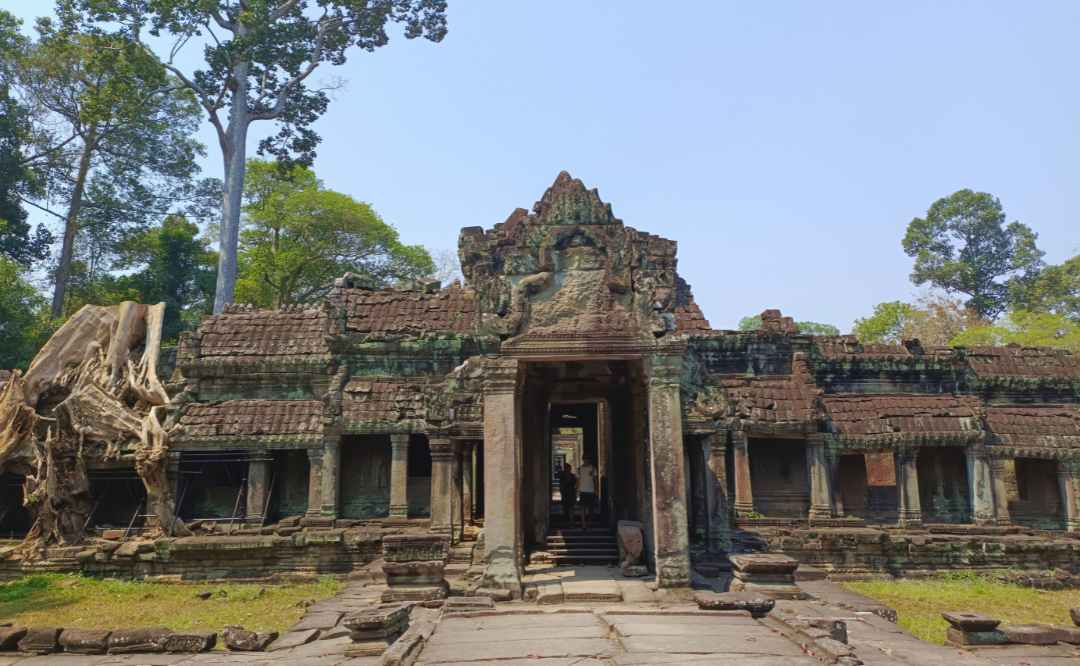
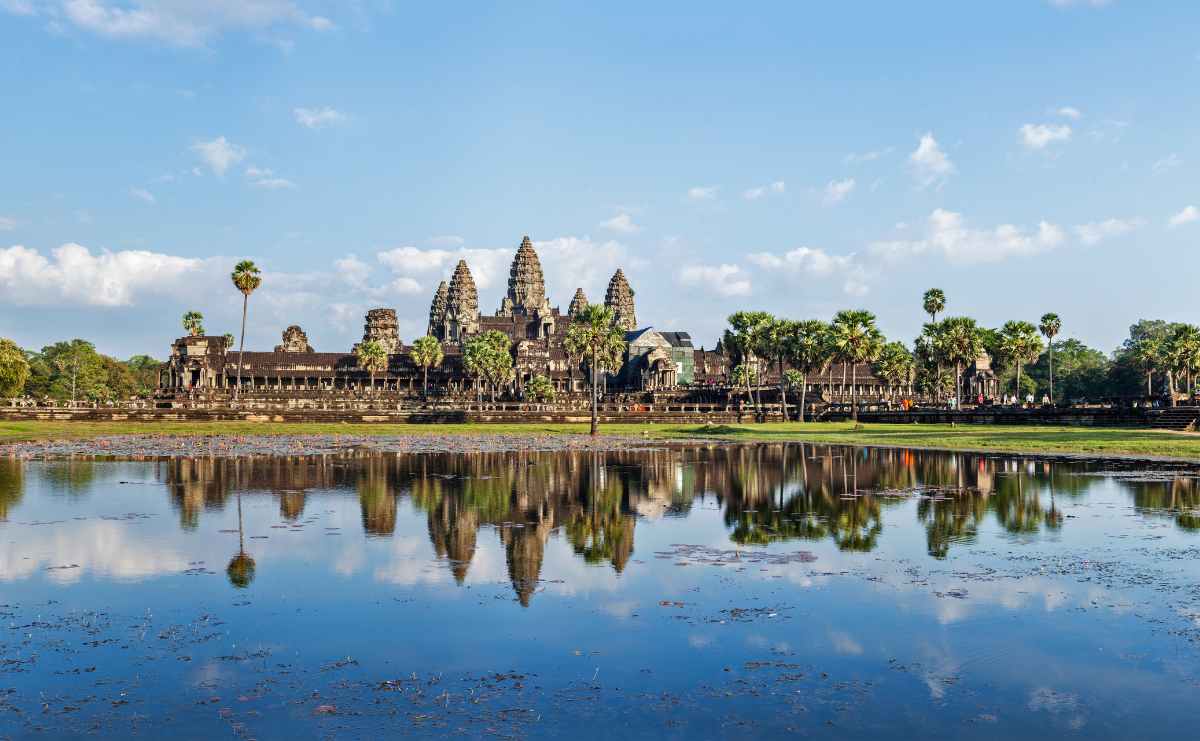
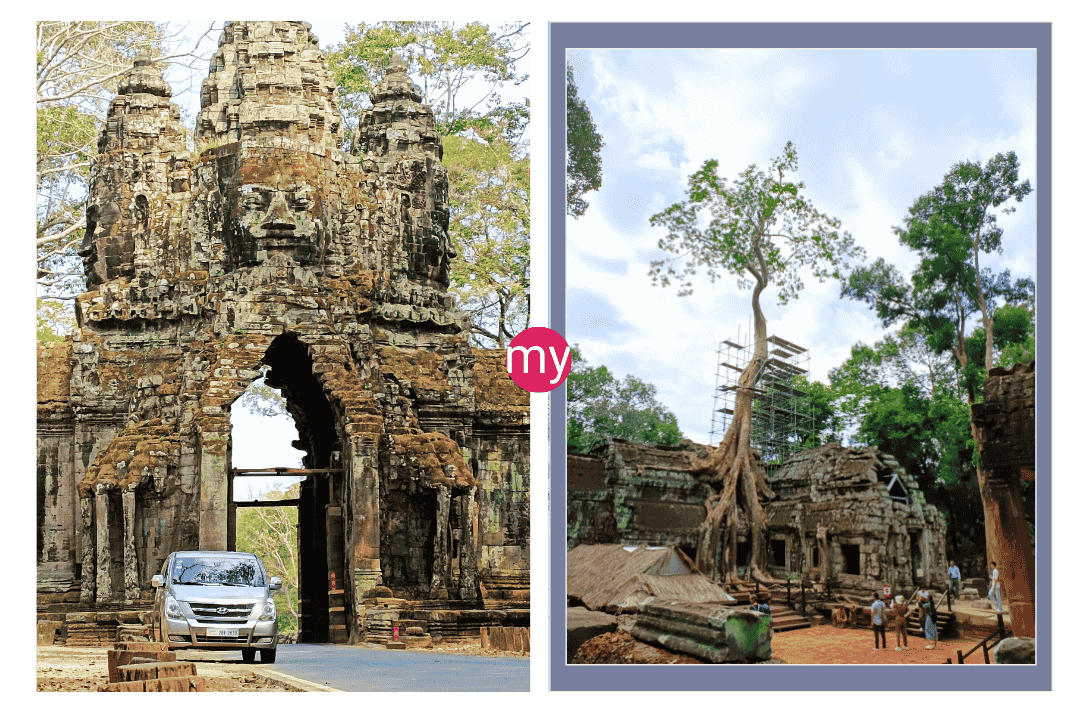
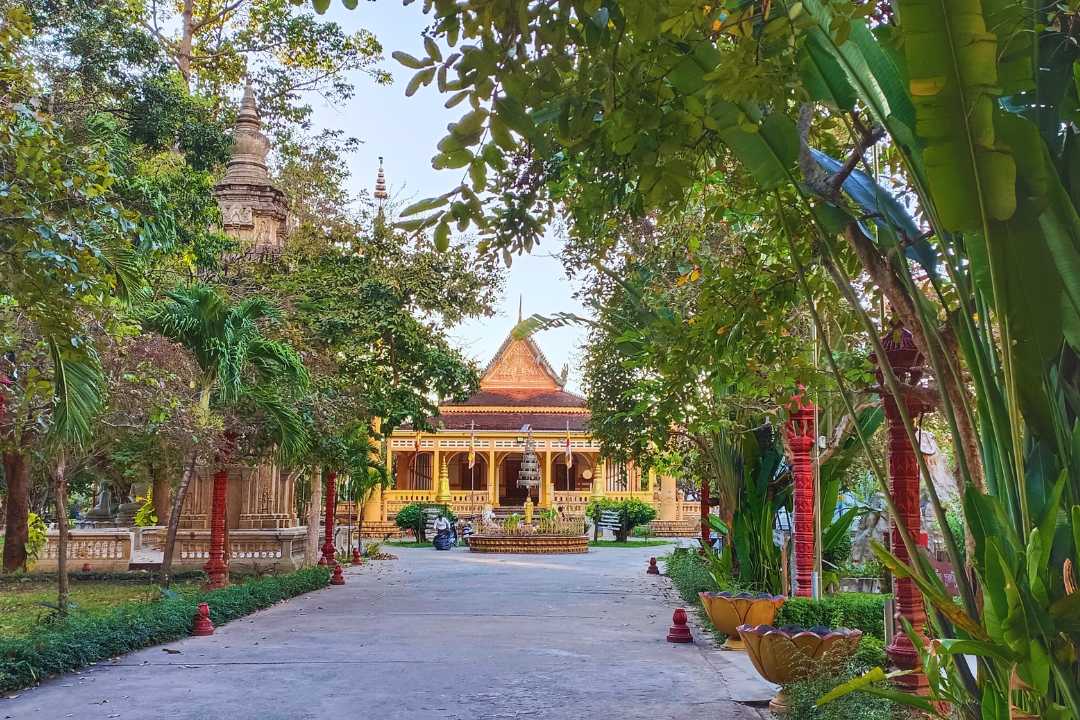
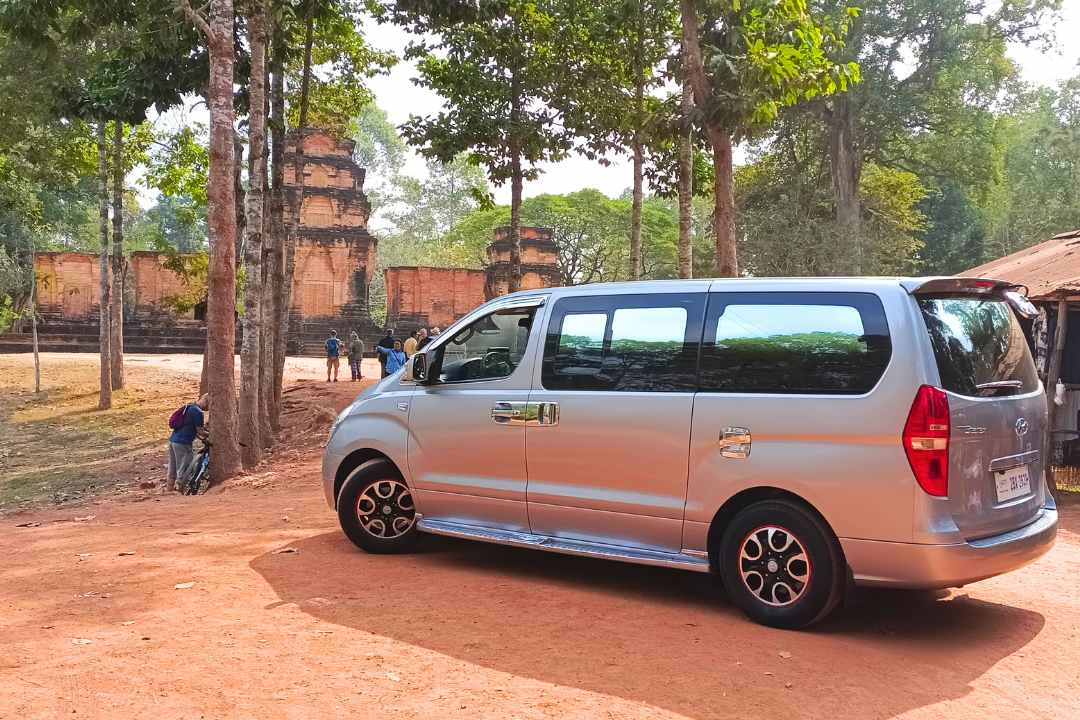


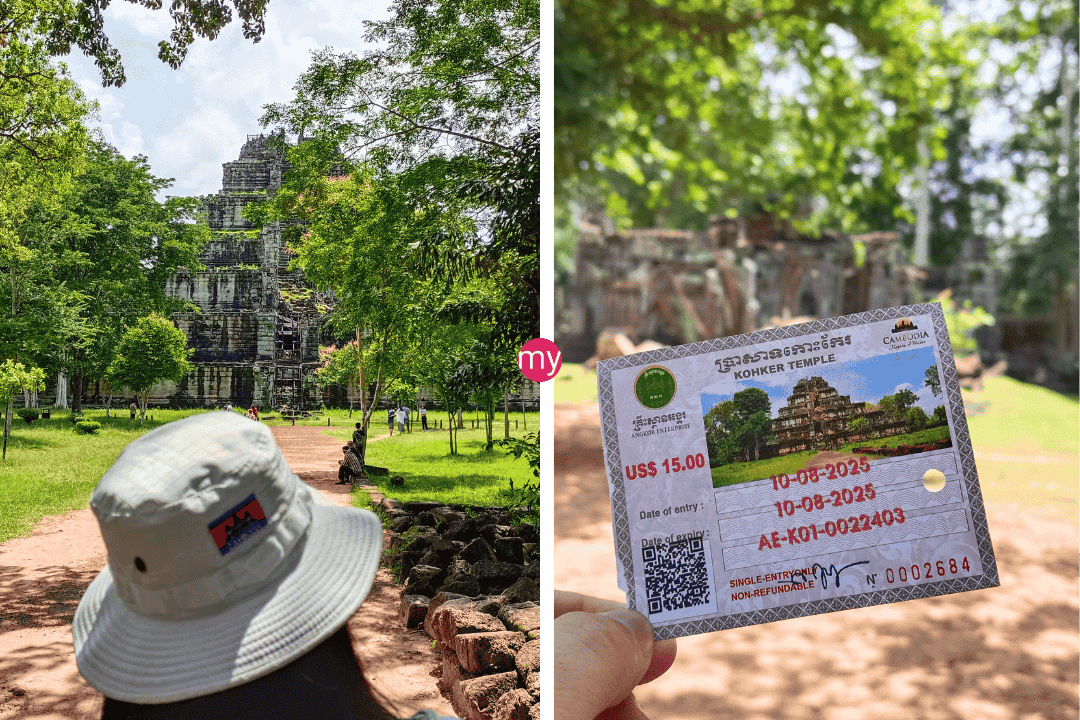

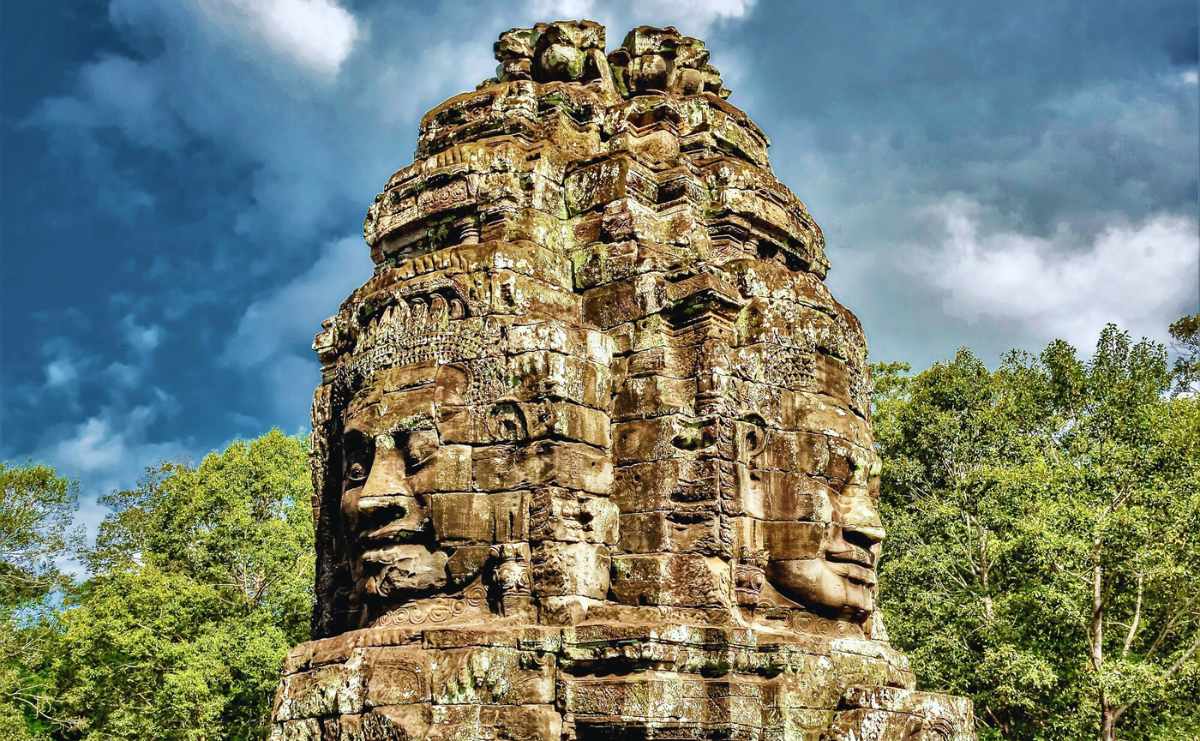
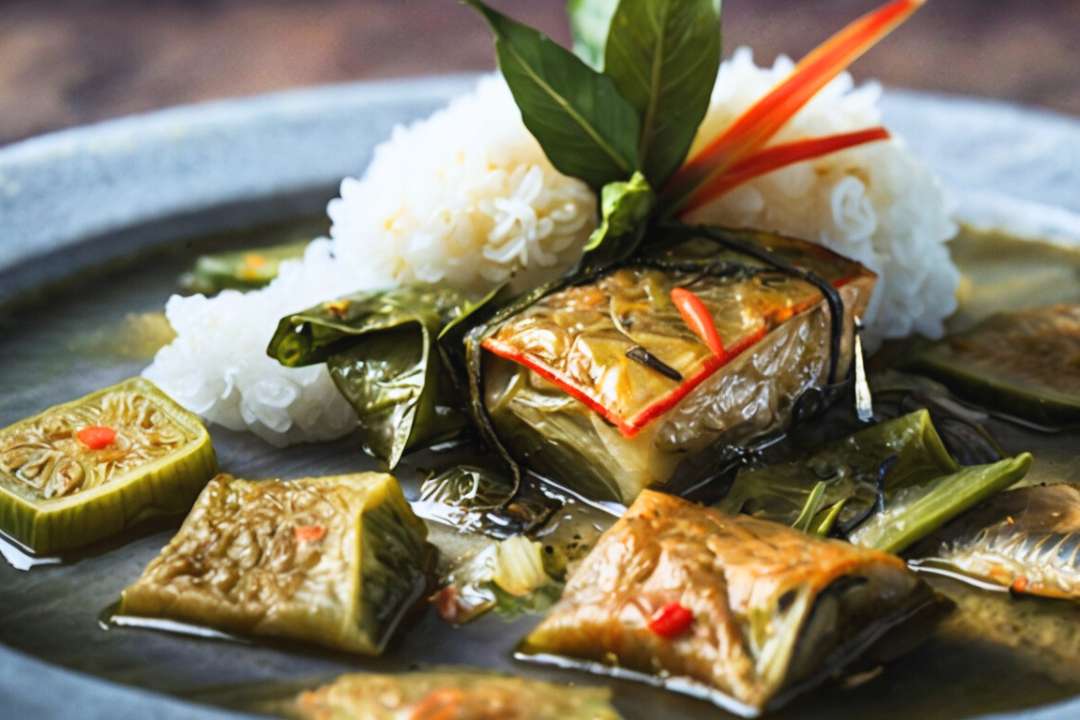
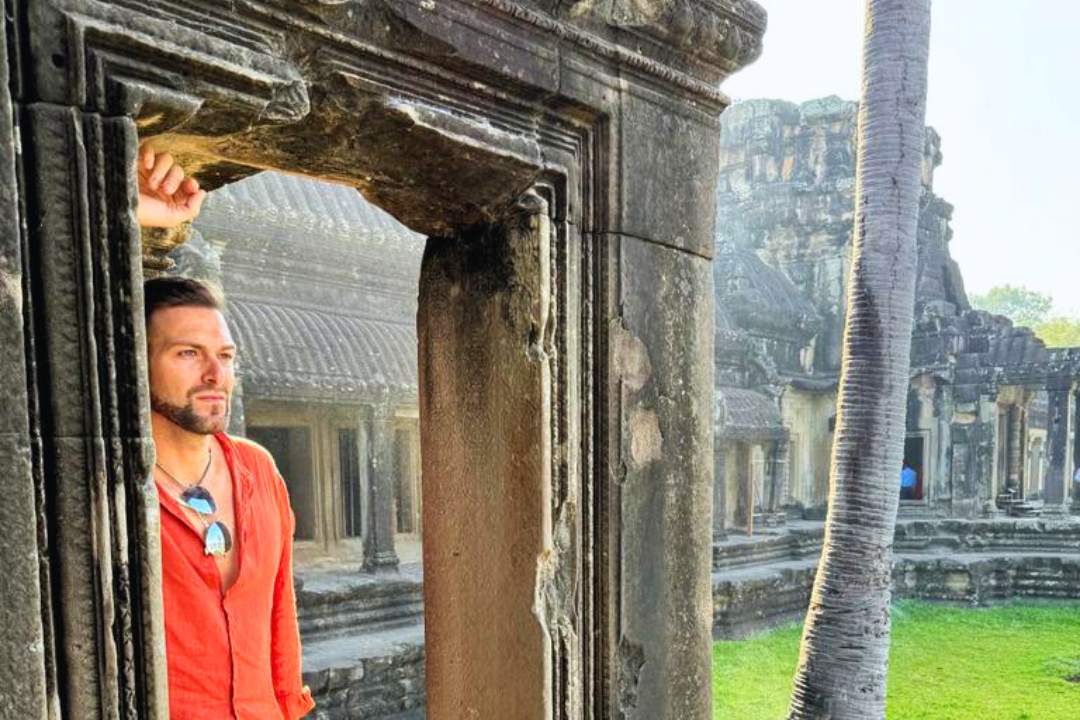
![Break one of these Angkor Temples Special Rules and your visit could end faster than you think [Plus Complete Opening Hours and Access Guide]](https://mysiemreaptours.com/wp-content/uploads/2025/09/Break-one-of-these-Angkor-Temples-Special-Rules-and-your-visit-could-end-faster-than-you-think-Plus-Complete-Opening-Hours-and-Access-Guide.png)
